Googling Finland elicits some basic clichés: thousands of lakes, the home of Santa Claus, a mobile phone company called Nokia (that used to be big) and, after drinking a lot, Finns have been known to run completely naked between a sauna and a frozen lake.
What’s less known about Finland is the strong tradition of reading newspapers. According to a recent national survey, nearly 95 percent of Finns still read newspapers on paper (this statistic doesn’t include reading the same content online).
Finnish media companies have a difficult time letting go of traditions. During the past year newspaper readership has dropped only two percent. Yet, newspapers are increasingly facing the challenge of convincing young people that it’s worth paying for what feels like yesterday’s news delivered daily to their porches.
The survey shows that, even though Finns read newspapers a little less than before, the use of the digital media seems to be increasing. Almost 10 percent of the Finns already have — or are planning to buy — a tablet computer in the near future. This should create an incentive for Finnish newspapers to further develop digital content. One question still remains, one that plagues media organizations around the world: how do news organizations get people to pay for that digital content? Young people on the streets of Tampere say cost is one of the main reasons they don’t read newspapers as much as in the past, so why would they pay for digital news?
What else do young Finns have to say about their news reading habits?
(Click on a photo to view as a slideshow.)




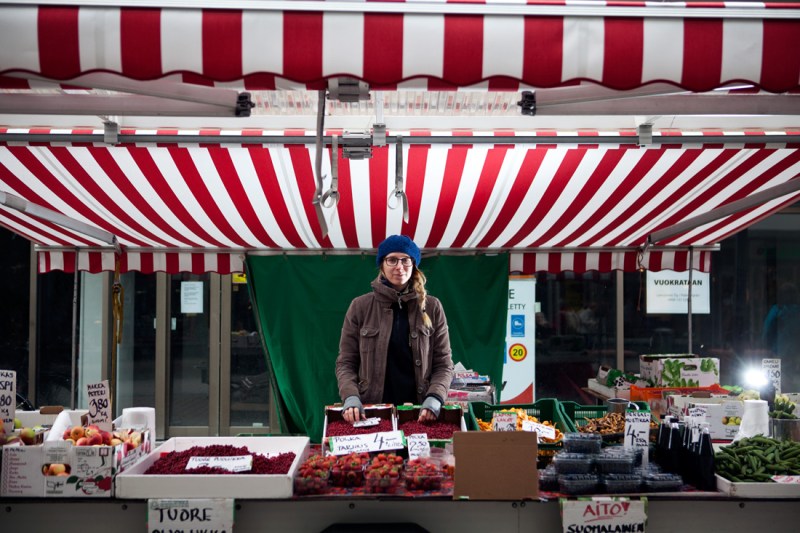
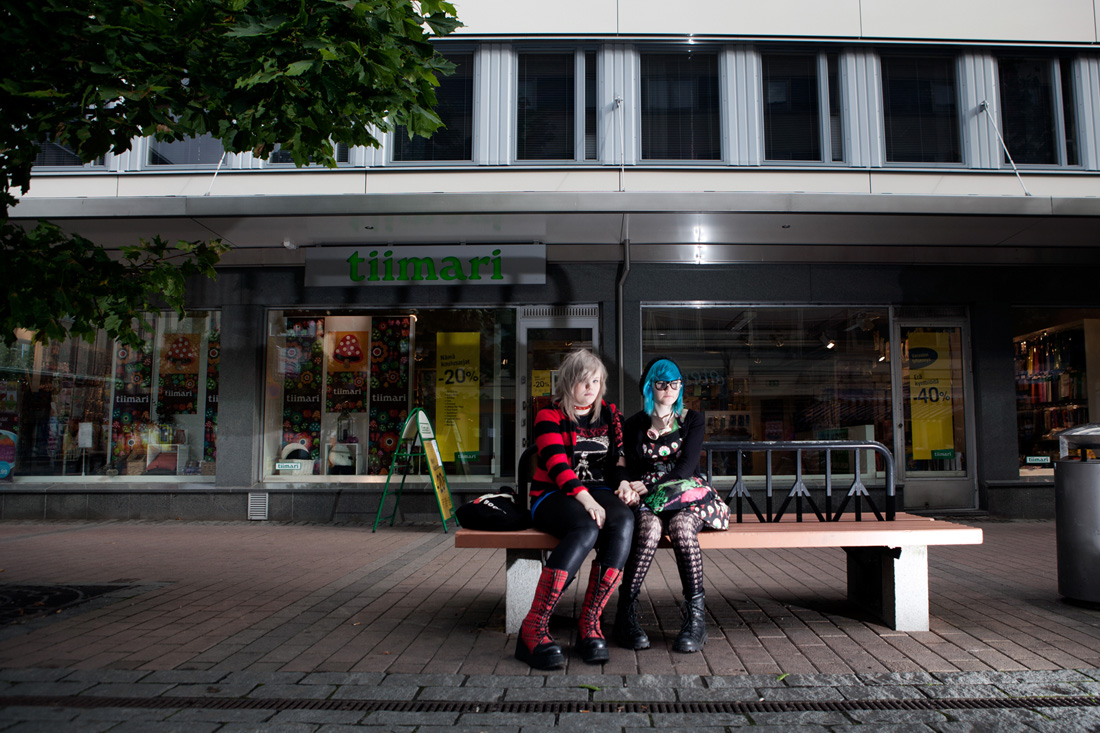
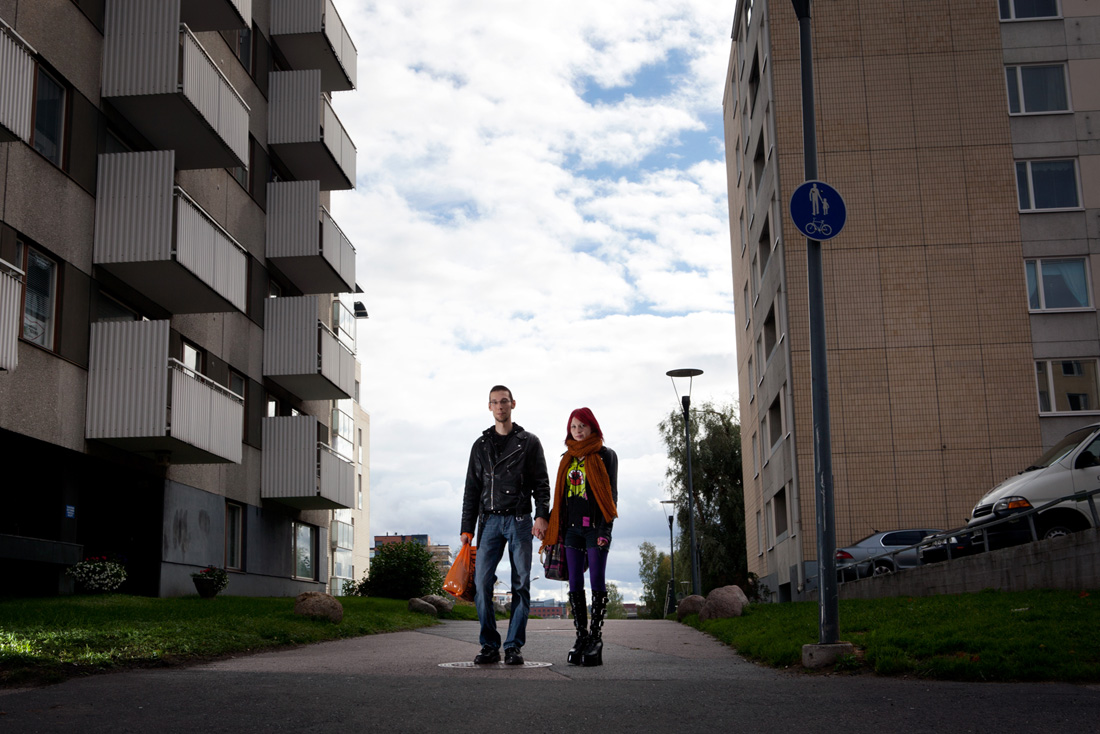
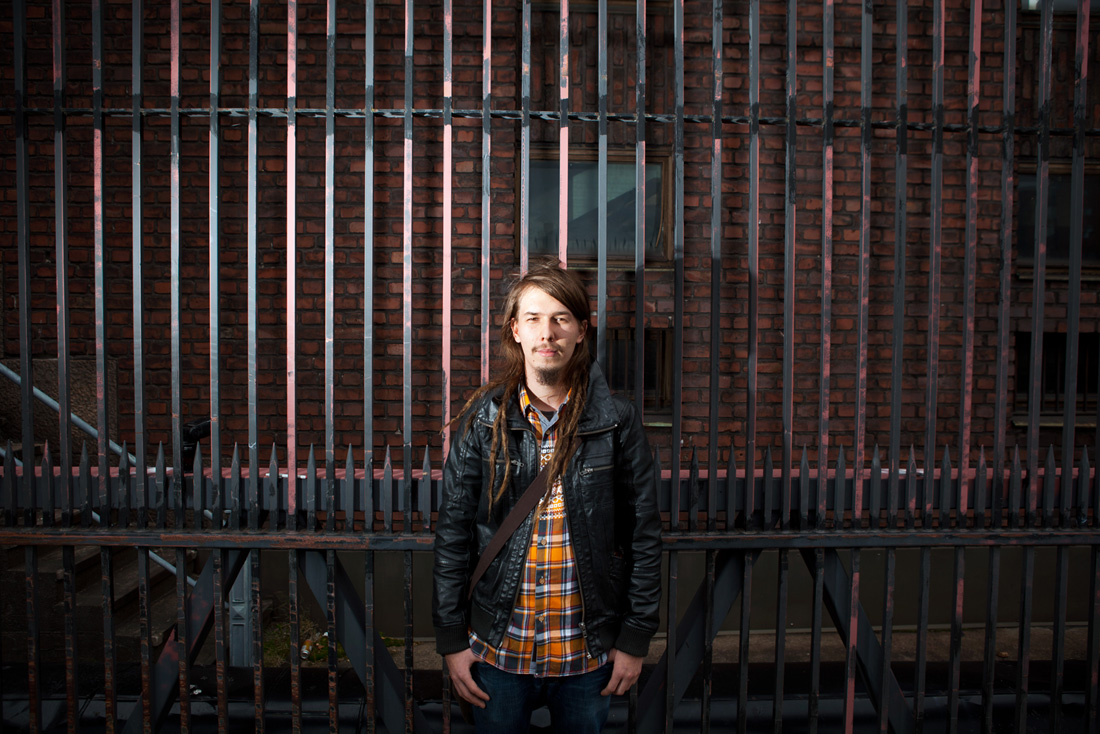
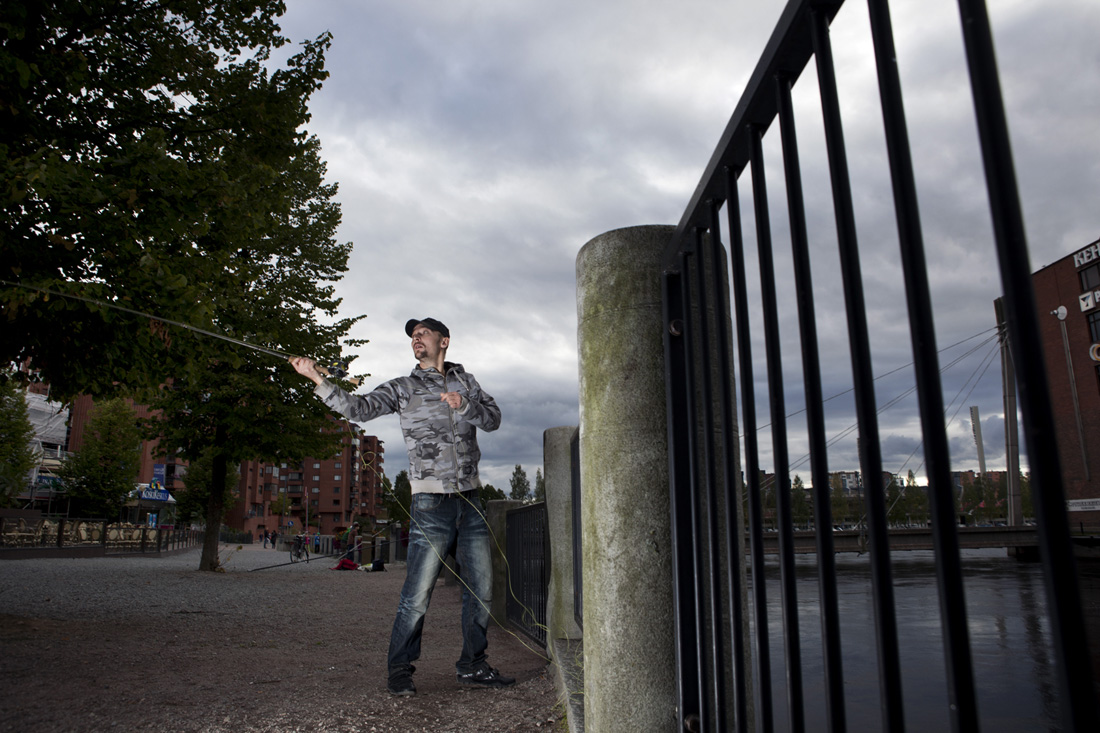

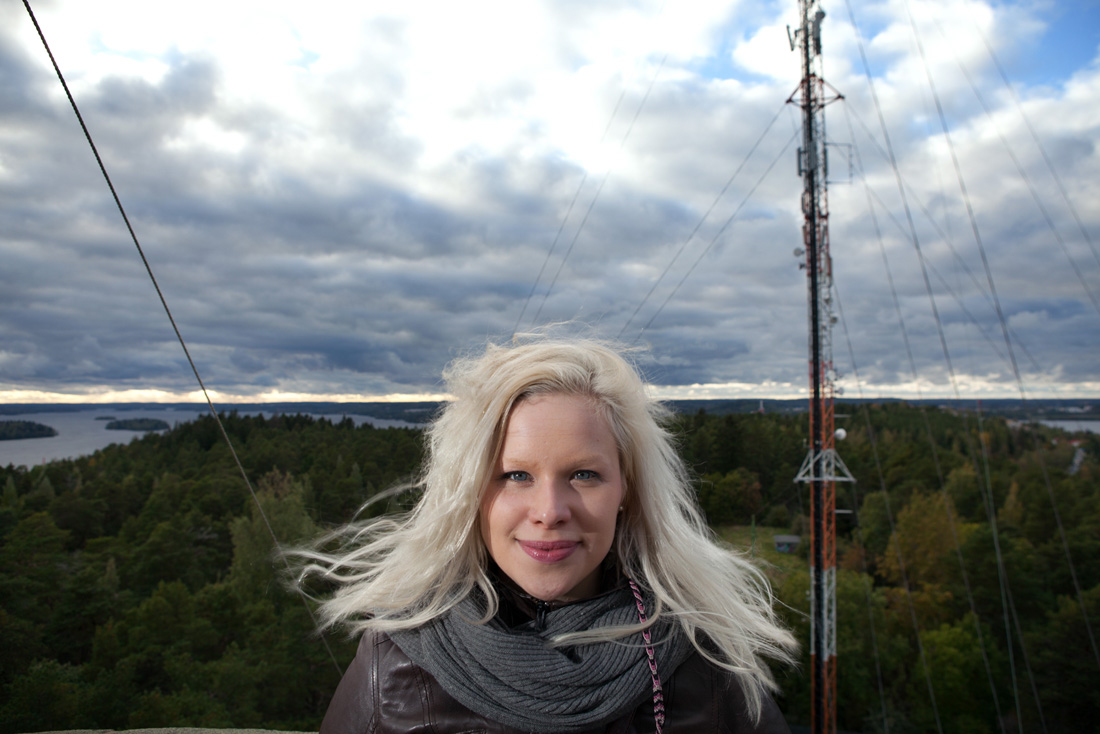
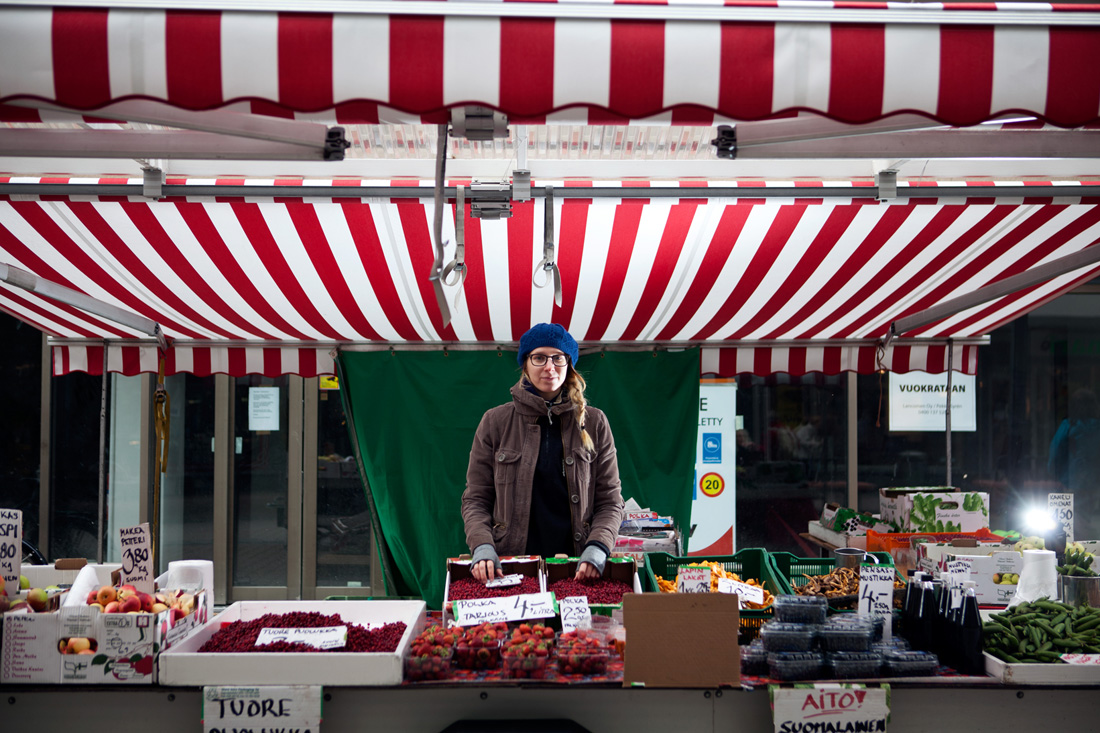
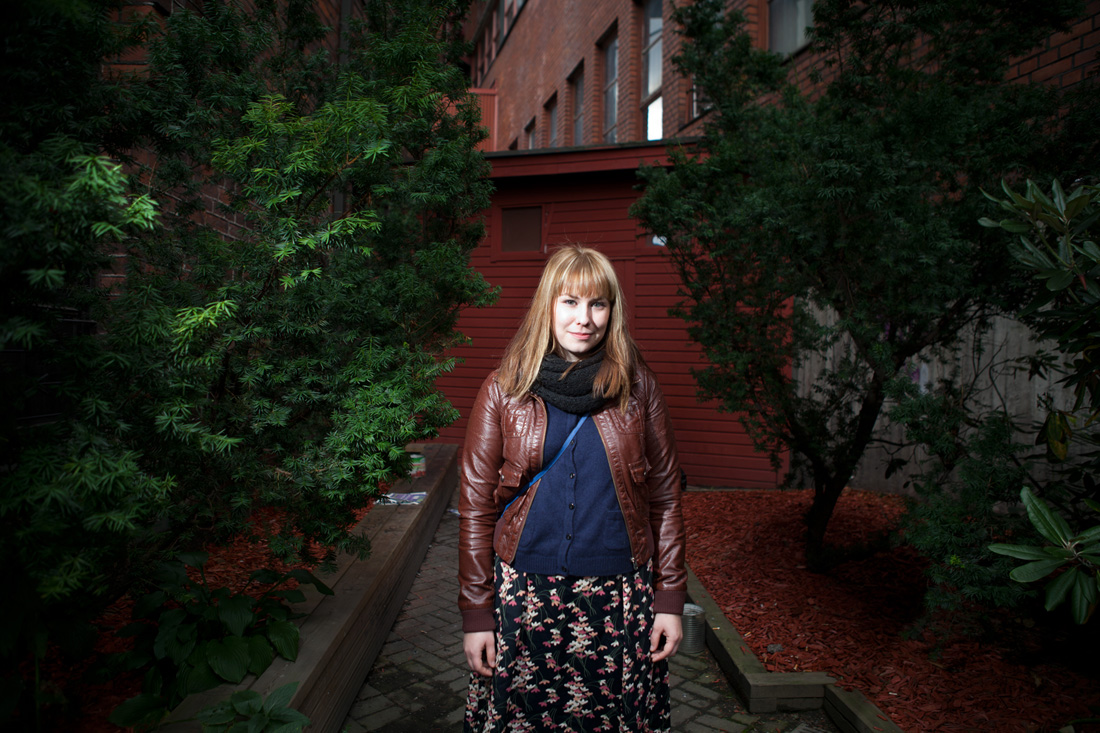

You must be logged in to post a comment.